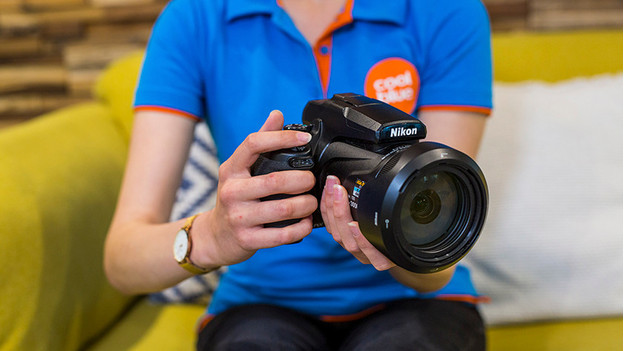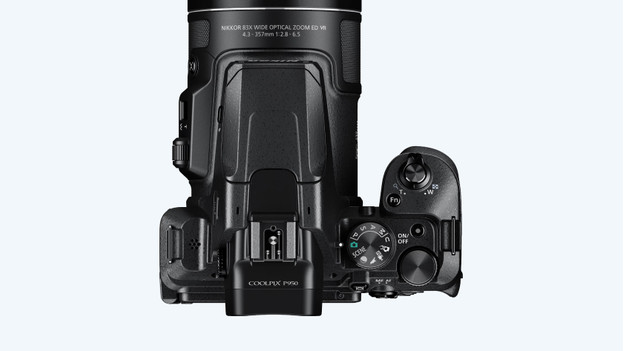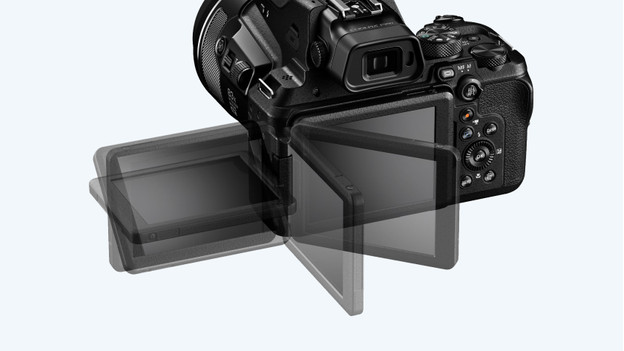
What's a bridge camera and when do you choose one?
What is a bridge camera?

As the name suggests, a bridge camera is the 'bridge' between 2 different types of camera: compact cameras and SLR cameras. A bridge camera is larger than a compact camera and it has more advanced options, like an SLR camera. You can usually recognize a bridge camera by its firm grip and the extra large zoom range. The super zoom lens isn't replaceable, but it's useful for the go. You can zoom in far to capture wildlife, for example. You no longer have to carry heavy lenses in your bag, either. This versatility makes the bridge camera a handy all-in-one camera.
When do I choose a bridge camera?

Choose a bridge camera if you're looking for a versatile camera with a large zoom range. A bridge camera is often more compact than an SLR camera and still has a firm grip. Thanks to the fixed lens and the large zoom range, you never have to carry different lenses in your bag. The only disadvantage is that a bridge camera is less suitable for professional sports photography. Focusing and capturing action is faster with an SLR camera.
What image quality does a bridge camera offer?

Bridge cameras usually have an APS-C or a Micro Four Thirds sensor, so there is a higher chance of white noise in low-light situations. For example, when you zoom in to 3000mm, it's not always possible to use an aperture with a low f-stop number. Advanced bridge cameras have a larger sensor, so your images are clear and detailed. These models are usually a lot more expensive.
What setting options do you have?

A bridge camera has more advanced functions than a compact camera. For example, you'll find various buttons and wheels on the camera to adjust the settings. You can also shoot in RAW with new models, which gives you more options during post-editing. In addition, you have a lot of flexibility thanks to the large zoom range. Because a bridge camera has a fixed lens, it's not possible to choose a different lens.


